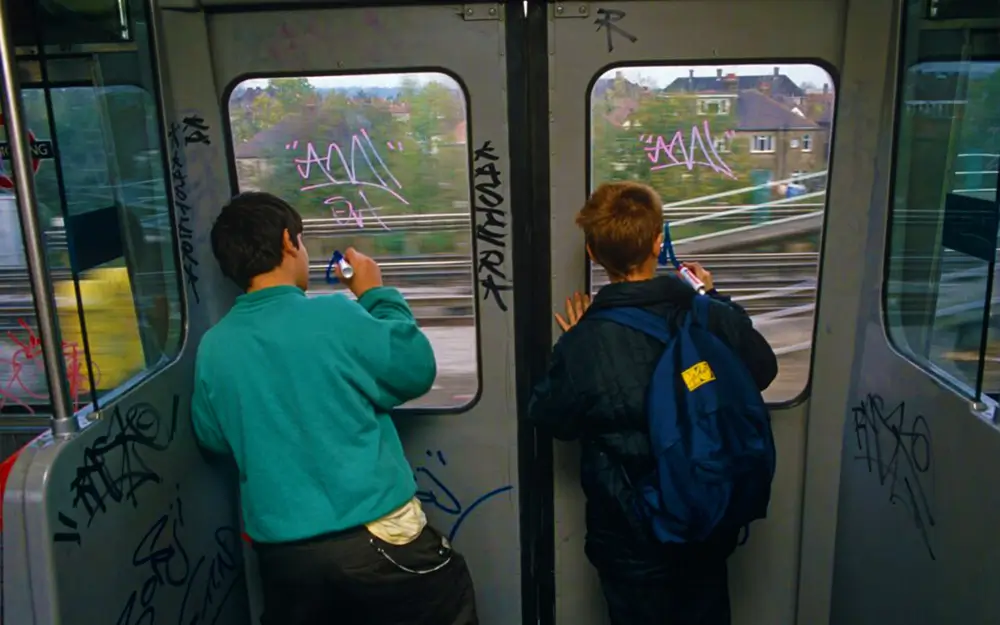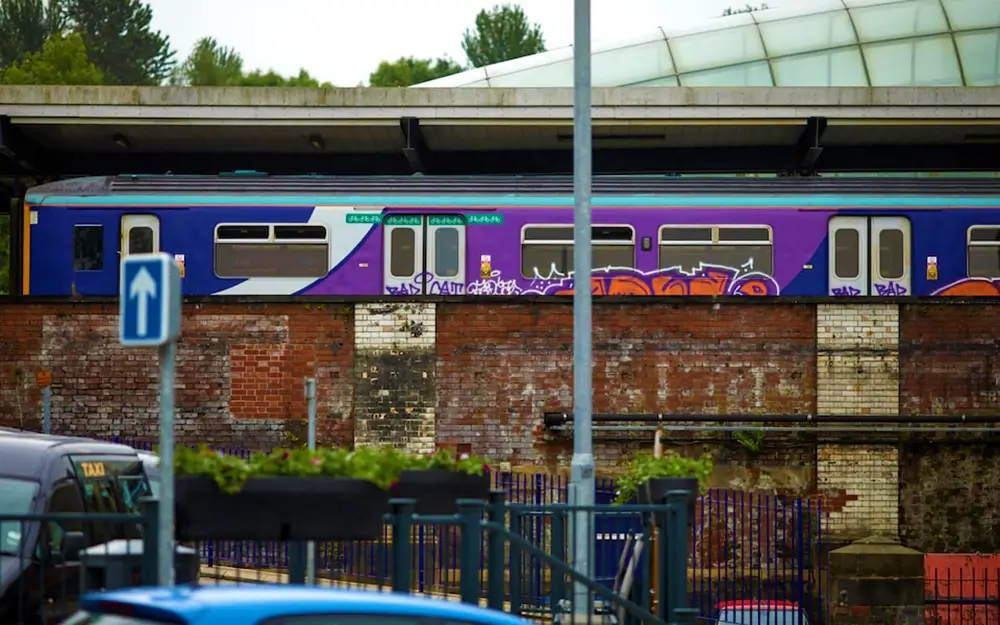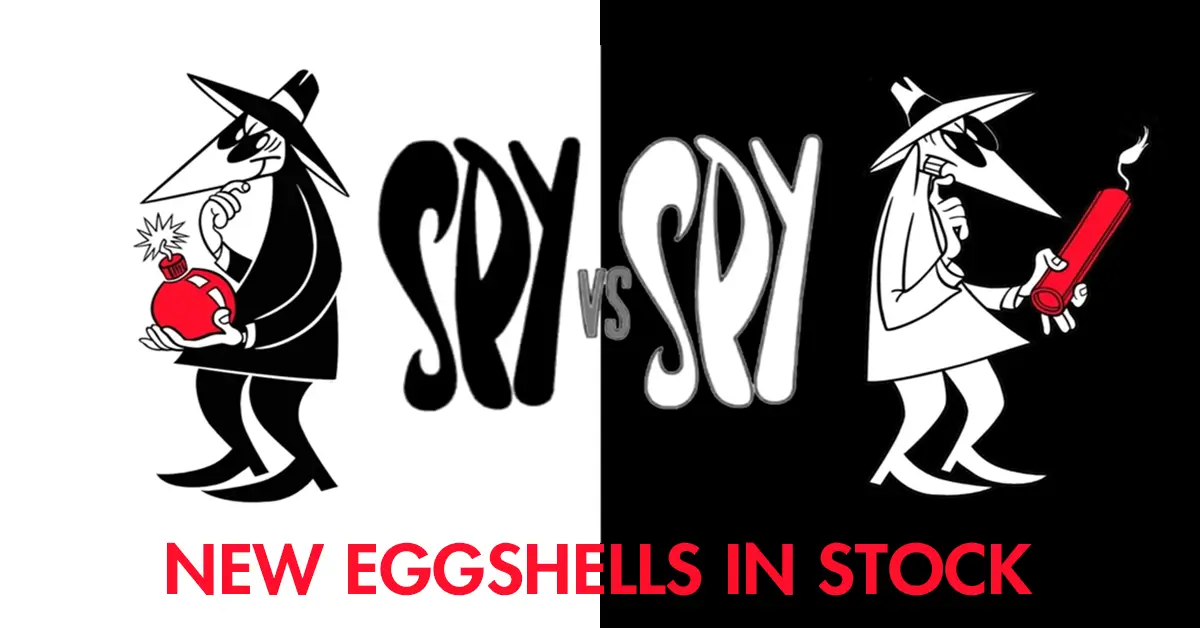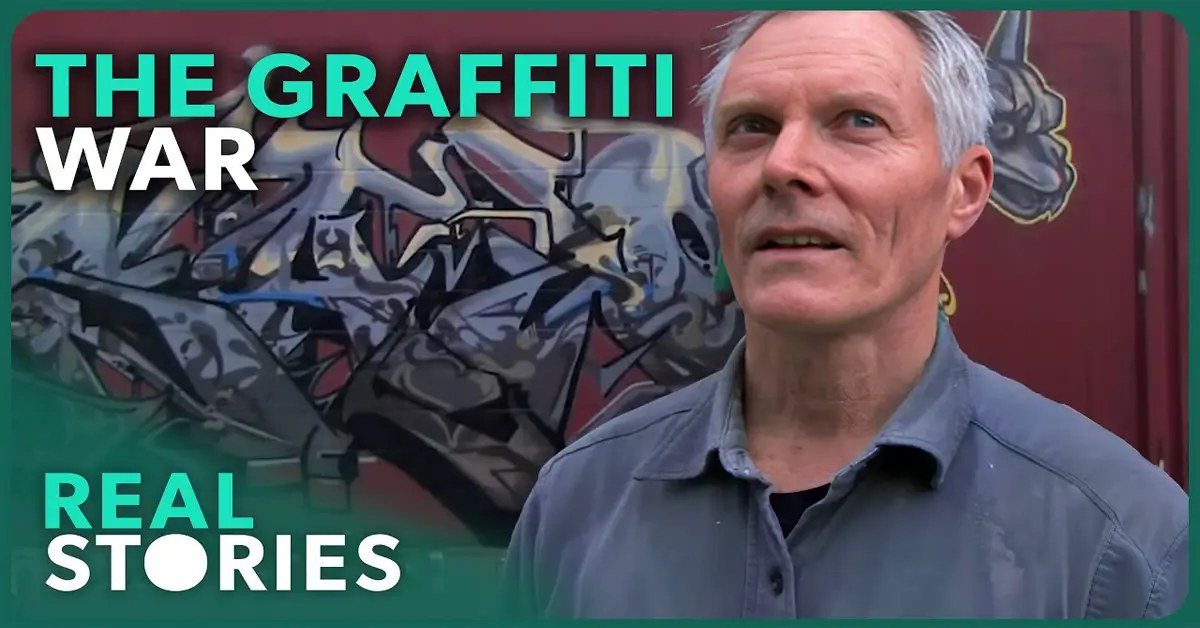Graffiti Resurgence in the Digital Age
Graffiti Resurgence in the Digital Age: How Social Media and Tech Are Fueling a New Urban Art Movement
Graffiti is making a high-profile comeback, and this time it’s powered by hashtags, drones, and a global online audience.
The Rise of Modern Graffiti in the Social Media Era
Graffiti is no longer just an underground subculture—it’s gone digital. Across the world, a new wave of graffiti artists is leveraging social media platforms like Instagram, TikTok, and YouTube to share their work with millions. This modern graffiti resurgence is driven not only by artistic expression but by the desire for recognition, clout, and virality.

With just a smartphone and a spray can, today’s street artists can turn a local tag into an international sensation. Even if their work gets painted over hours later, the photos and videos live on—garnering likes, shares, and followers.
Social Media and Graffiti: A New Era of Exposure and Competition
In the past, graffiti writers might have worked in anonymity, hoping their tags would be seen by commuters or passersby. Today, artists document their pieces in real-time and upload them to massive audiences. Some graffiti Instagram accounts in the UK boast over 16,000 followers, and individual posts regularly receive thousands of views and interactions.
The digital era has intensified the competition. Writers now compete not just for territory—but for attention. Artists film high-risk hits on commuter trains, rooftops, and underpasses, editing the footage into cinematic reels that boost their personal brands.
Former graffiti writer Darren Cullen, now the owner of the art company Graffiti Kings, says it best:
“Instagram has completely changed the game. Even if no one sees it in real life, you can take a photo, post it, and instantly reach a global audience.”

Graffiti on Trains: A Growing Trend With Hard Data
One of the clearest signs of graffiti’s comeback is the rise in train-related graffiti crimes. In the UK, the number of graffiti incidents on trains reached an eight-year high in 2018, with 399 recorded attacks in just the first quarter—more than double the number seen during some previous years.
According to the British Transport Police:
There were 800 train graffiti crimes reported in 2017, up 49% from 537 in 2013.
In the South East of England, graffiti attacks on trains rose by 78% from 2013 to 2017.
Transport for London (TfL) experienced a 51% increase in graffiti incidents during the same period.
This rise in activity has overwhelmed train operators like Southeastern Rail, which stated:
“We’ve seen a more-than-doubling in the number of large mural-type graffiti attacks on our trains over the last three months.”

How Technology Is Changing the Game for Graffiti Artists
One of the most significant developments in graffiti culture is the use of technology and gadgets to evade law enforcement and enhance the spectacle. Writers now deploy drones equipped with cameras to scout train yards, track police activity, and even film the act itself for social media content.
Writers have described spending months studying train schedules, using drones and remote cameras to learn how long trains stay idle—maximizing the window of opportunity for a hit. This kind of strategic planning has added a new layer of sophistication to what was once considered spontaneous street art.
“Drones are being used a lot,” said one anonymous graffiti writer. “It’s not uncommon to scout the same spot for weeks before going in.”
Police Response and the Struggle to Keep Up
In response to the surge in graffiti crimes, the British Transport Police reintroduced a dedicated Criminal Investigation Department (CID) focused on graffiti-related offenses. Patrols have been increased, and rail companies like Network Rail and Southeastern Rail are investing in additional security measures.
But despite increased efforts, enforcement is proving difficult. A £5 million train improvement program has made it harder to clean graffiti quickly, and cuts to police budgets have stretched resources thin—especially for non-violent property crimes like vandalism.
A spokesperson for Southeastern Rail noted:
“In the short term, passengers would rather have a train in service with graffiti than have the train canceled altogether.”
Urban Art, Risk Culture, and Global Recognition
For many graffiti artists, it’s not about money—it’s about fame. Modern graffiti is a global recognition game, with artists striving for attention, clout, and artistic respect within the street art community. The more dangerous the location and the bigger the piece, the more viral potential it has.
Joe Epstein, a London-based photographer and author who has documented graffiti since 2006, says that full-color train murals—once a rarity—are becoming more common again:
“It’s quite extraordinary. Five years ago, people said these kinds of train pieces were impossible. Now they’re happening regularly.”
Final Thoughts: Graffiti Isn’t Just Back—It’s Evolving
Graffiti in the digital age isn’t just about rebellion anymore—it’s about strategy, visibility, and digital legacy. From urban alleyways to train cars, the art form has evolved into a high-stakes game of cat and mouse, powered by technology and fueled by social media validation.
As long as a tag can get 10,000 views on Instagram or end up in a viral TikTok video, graffiti artists will keep pushing boundaries—legally or not. Whether you’re a fan of urban art or a property owner dealing with vandalism, one thing is clear: graffiti has entered a bold new era, and it’s not slowing down anytime soon.
If I can add my own 2 cents I have to say that social media is a gift and a curse to the graffiti culture/subculture.
On one hand it gives artists a ridiculous amount of exposure to other writers, artists and people they more-than-likely never would have had a chance to get their work in front of or speak to on any type of level.
For suppliers and retailers of the products these writers and artists use, there’s no better way to get your merchandise, brand, products or tools in front of the exact crowd of people you aim to service with your products.
That’s the gift part.
Then, as with anything else, there’s the phonies and clowns and assholes that ruin everything we love about graffiti, whether they’re doing it on purpose or accidentally.
Staging the most incredible action shots, pretending they’re smashing tons of walls but really it’s just the same wall in the back yard of their house, toybox writers stealing legendary styles and names…the bad outweigh the good if you ask me.
I take graffiti very seriously because I know how graffiti works in the mind….it’s more of a mental illness than a hobby by far, at least to the dedicated writers, vandals and artists. You need to have a special place in your heart for anything you can do for so long, risk your freedom for, lose your freedom for, and come right back out [of prison] and get right back in the mix.
It’s kind of like graffiti is my girlfriend that I’m extremely protective of and when the frauds and the ones you can see are fake from a mile away try to get her attention or infiltrate the culture, it makes you extremely angry and in some cases violent.
The frauds aren’t going anywhere & that’s obvious, at least for the time being. But in my honest opinion, besides hating on the weirdos and in-it-for-the-minute bozos and wannabes, I understand that we kinda need them around.
We need these dickheads around to show the others that watch religiously, that practice daily and write every chance they get, that the true heads out there are still putting in that work, getting shit poppin’ and shittin’ all over the suckers.
From the way it looks it’s only gonna get worse with the weirdos…the anti-style style is a joke & should be laughed out of existence, but it won’t (for now) until the next trendy, buzzworthy, cool-sounding hashtag style pops up for the fakes and phonies.
Anyway, enough of my bullshit. I hope y’all enjoyed this post.
Check out this previous post on NYC Subway Graffiti History.




